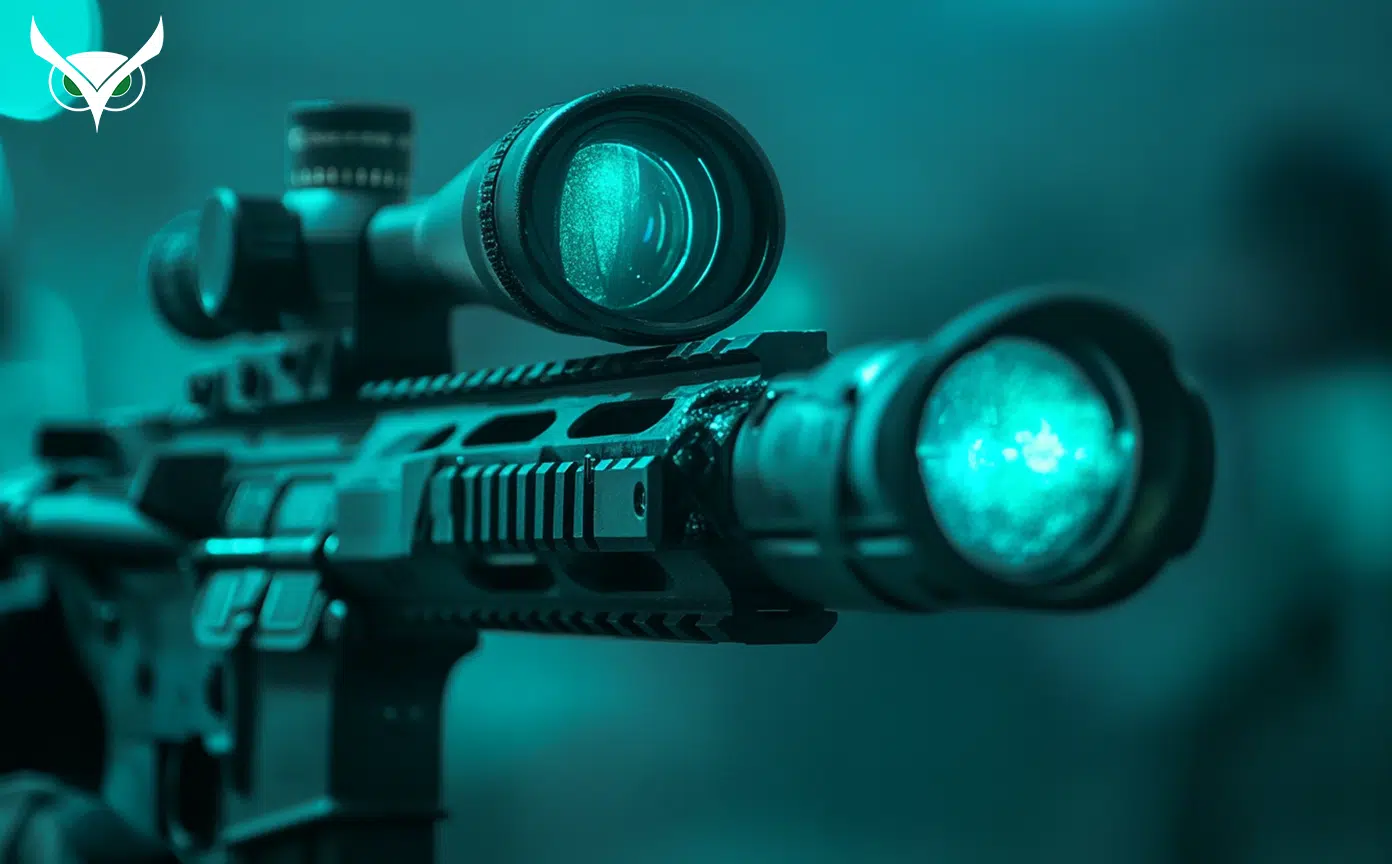Comparing Night Vision and Thermal Optics for Hunting

Hunting during twilight hours offers a unique and thrilling experience. As day fades into night, the vibrant colors of daylight are replaced by a mysterious world of shadows. The forest, alive with nocturnal creatures, becomes a stage for a captivating drama. While humans are not naturally equipped to see well in the dark, our capacity for innovation has led to the development of technologies that enable us to navigate and hunt in low-light conditions. Night vision and thermal imaging technologies have revolutionized hunting after dark, but each has distinct advantages and applications.
Understanding Night Vision Technologies
Night vision technology encompasses several methods that enhance visibility in darkness or low-light settings. The three primary types are image intensification, active infrared illumination, and thermal imaging.
Image Intensification
Image intensification technology enhances visibility in low-light scenarios by amplifying available light. It works by capturing existing photons (from sources like starlight or moonlight) and converting them into electrons, which are then amplified and projected as a visible image. This technology can vary in effectiveness based on environmental conditions but provides a detailed view similar to what human vision would perceive in low light.
Active Infrared Illumination
Active infrared illumination combines image intensification with an additional source of near-infrared light. This technology emits infrared light that is invisible to the human eye but detectable by specialized cameras. It delivers high-resolution images, making it ideal for surveillance, although less common in hunting due to the risk of detection by others using similar technology.
Thermal imaging does not rely on visible light. Instead, it detects temperature differences between objects, using these variations to create a digital image. Thermal devices identify heat emitted by all objects, making them effective in complete darkness and various weather conditions. They excel in detecting living creatures by highlighting their heat signatures.
Choosing Between Night Vision and Thermal Imaging
When selecting optics for night hunting, consider two main factors: device characteristics and the type of image you need.
Device Characteristics
Night vision scopes are generally lighter, more durable, and less expensive than thermal scopes, but they require some ambient light to function and can be affected by bright light. Thermal scopes, on the other hand, can be used at any time of day and in any lighting condition, though they tend to be heavier and more costly. If budget and durability are priorities, night vision may be the better choice. For those seeking advanced features and functionality, thermal optics are superior.
Desired Image
The type of image you need also influences your choice. Night vision scopes provide detailed images, ideal for identifying specific targets. Conversely, thermal scopes are unmatched in target detection, revealing living creatures as glowing figures against a cooler background, even through fog or heavy vegetation.
Conclusion
The decision between night vision and thermal optics should be guided by your specific hunting needs. If you require detailed imagery for identification, choose night vision. If detecting hidden targets is more important, opt for thermal imaging. Each technology serves a unique purpose, enhancing the hunting experience in its own way.








